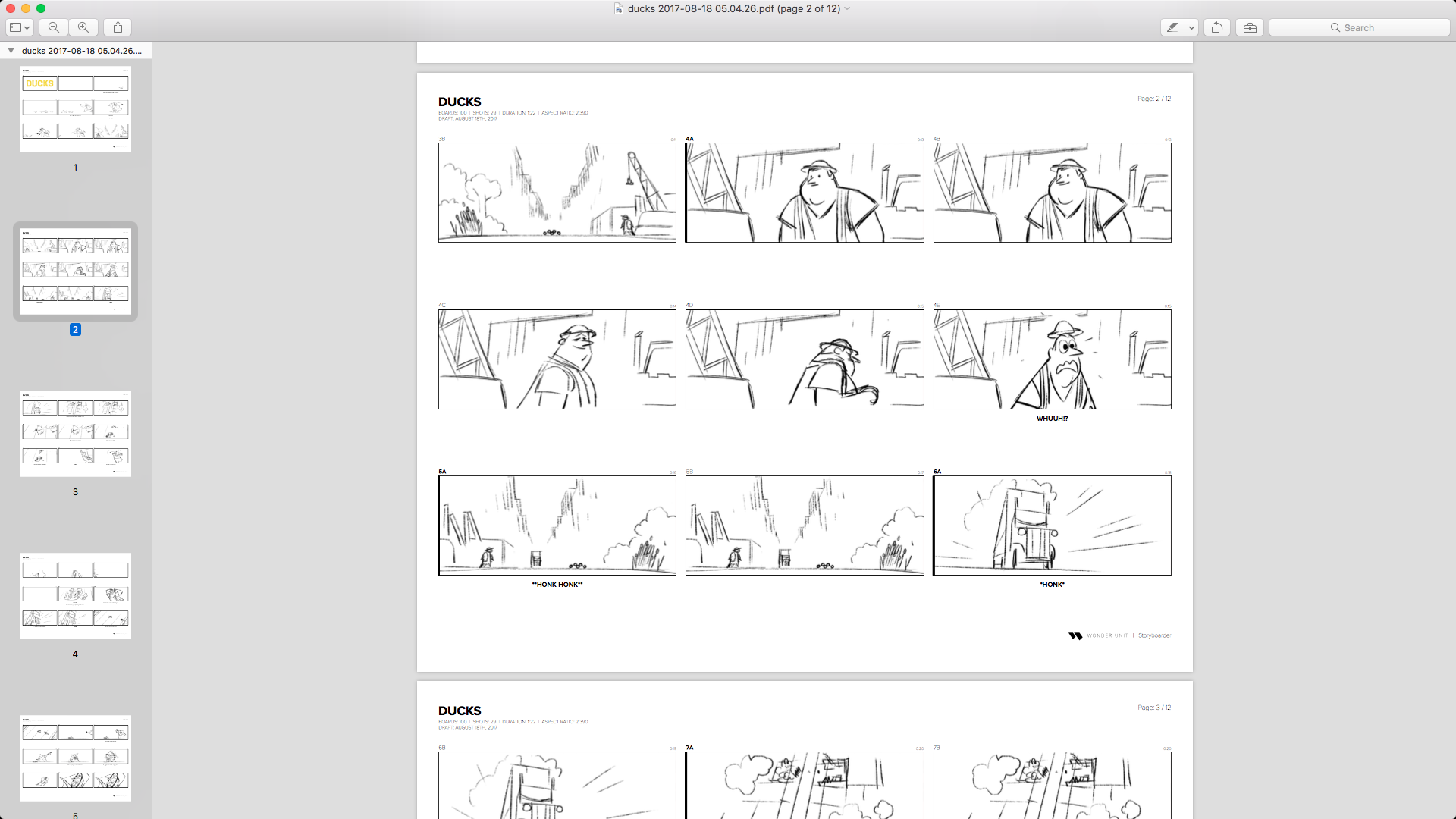

I'd love to see Apple go the full mile and add a mini mixing panel of some sort. The introduction of audio roles has added that same ability to roles, thus permitting you to treat roles like tracks in a traditional audio application.
#Xtocc compound clips pro
Final Cut Pro has always enabled audio plug-ins and volume adjustments on individual clips. Most include some form of graphical mixer panel that mimics the appearance and function of a physical hardware mixer. NLEs and DAWs enable you to add audio plug-ins and set volume levels both on independent clips and on entire tracks. Finally, reassign the video and audio roles to their correct status if these were changed as part of the XML roundtrip. Now extend each remaining audio clip up to the start of the next audio edit. Detach audio and only keep the audio from each of the first camera clips up to the next audio edit. You can trash the duplicate imported clips so that only the new project is in the browser. There are several optional steps that I also follow.

Select all clips in the timeline and Break Apart Clip Items, which replaces the synchronized clips with their original sources. You will now have a new project sequence with all multicam clips converted into synchronized clips for only the used camera angles. Import this new FCPXML back into Final Cut Pro. Then run that XML file back through SendToX to create a new FCPXML file. Run the file through XtoCC to generate a Premiere-friendly XML file. When you've locked your picture edit, export an FCPXML of the sequence. Final Cut Pro currently has no such feature, but there is a workaround using two FCP companion applications from Intelligent Assistance. This would leave only the angles that were used, without also dragging along the unused angles. If you want the compound clip sections in the project replaced by the original sources, select all clips and Break Apart Clip Items.Ī common feature request is to flatten multicam clips in a completed project sequence. These segments will be highlighted in the browser filmstrip for the compound clip as used ranges, which is handy since FCP has no dupe detection feature. To edit inserts and B-Roll from your selects to the main project, simply skim and mark the section(s) of the compound clip in the browser and make your edit(s) to the current project. You can delete the selects project if you like. Then, select all of the clips in the timeline and create a compound clip. If, like me, you'd like to edit directly from one sequence as a source into another, then there's a very simple process to follow.įirst, edit the selects project (sequence) as you would in the other NLEs. Using metadata in this way can be powerful, but it provides an incomplete solution. Some Final Cut Pro editors may argue that's unnecessary because of its advanced keyword and favorites approach. I can then use that sequence as a source for other sequences. When I work with Avid Media Composer or Adobe Premiere Pro, it's common to start by building a selects sequence (aka stringout or KEM roll). Here are five simple solutions to some common workflow situations.

In fact, with a bit of planning, you can use FCP exactly as it is and bend it to your will.
#Xtocc compound clips how to
Oliver Peters looks at how to solve some of Final Cut Pro's professional workflow problems.Įvery experienced Final Cut Pro editor has their own list of features they'd like to see added.


 0 kommentar(er)
0 kommentar(er)
